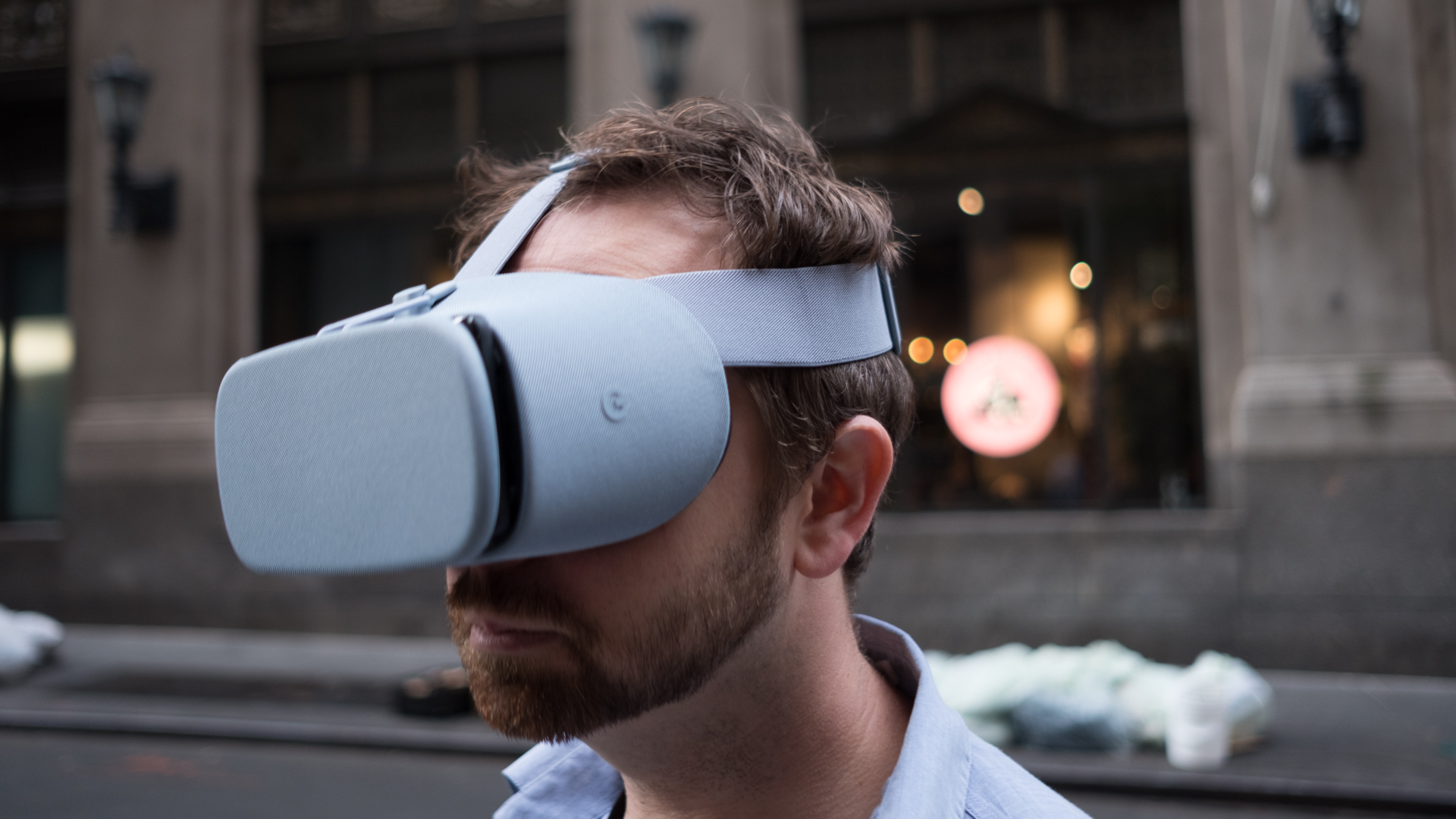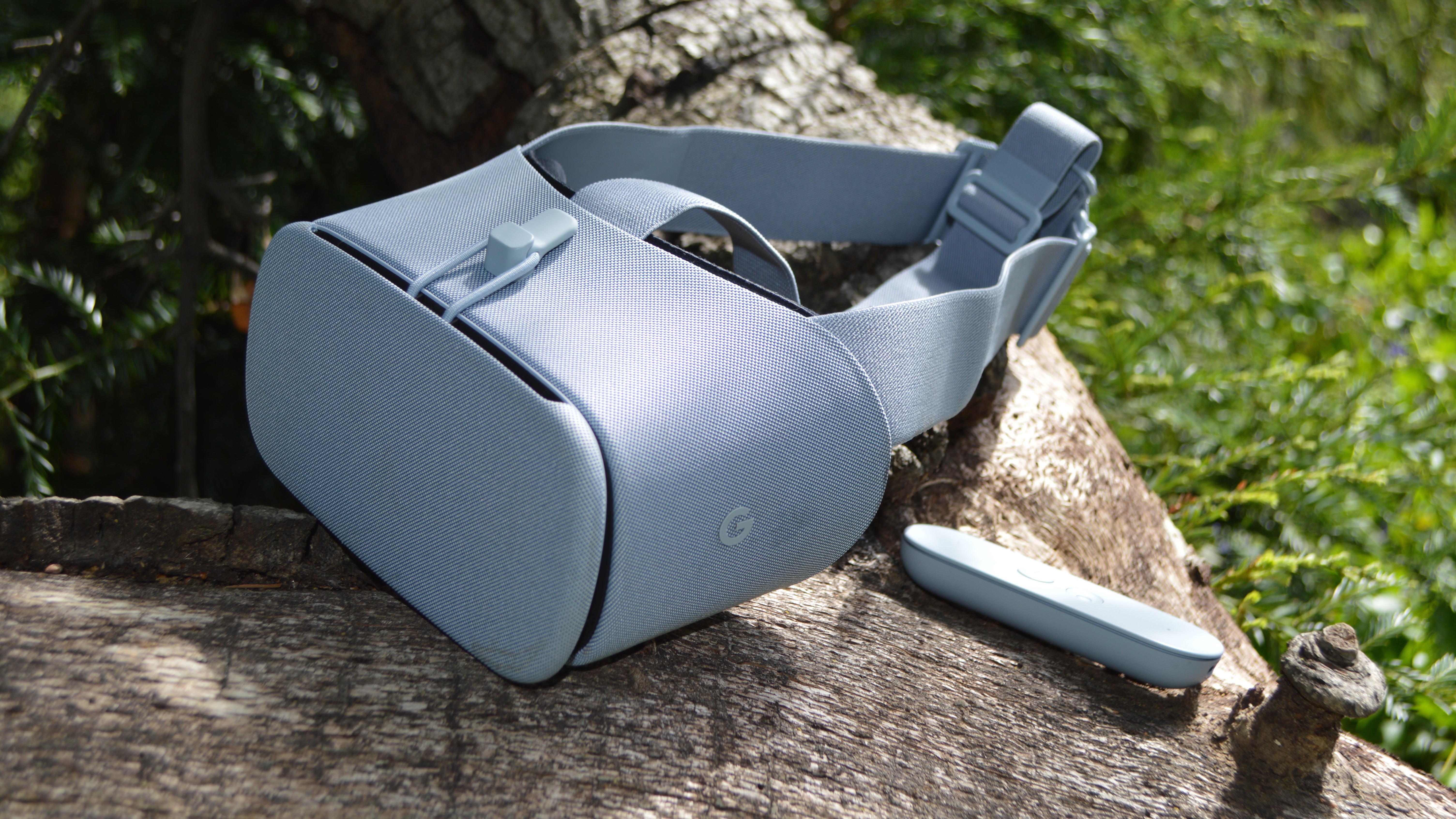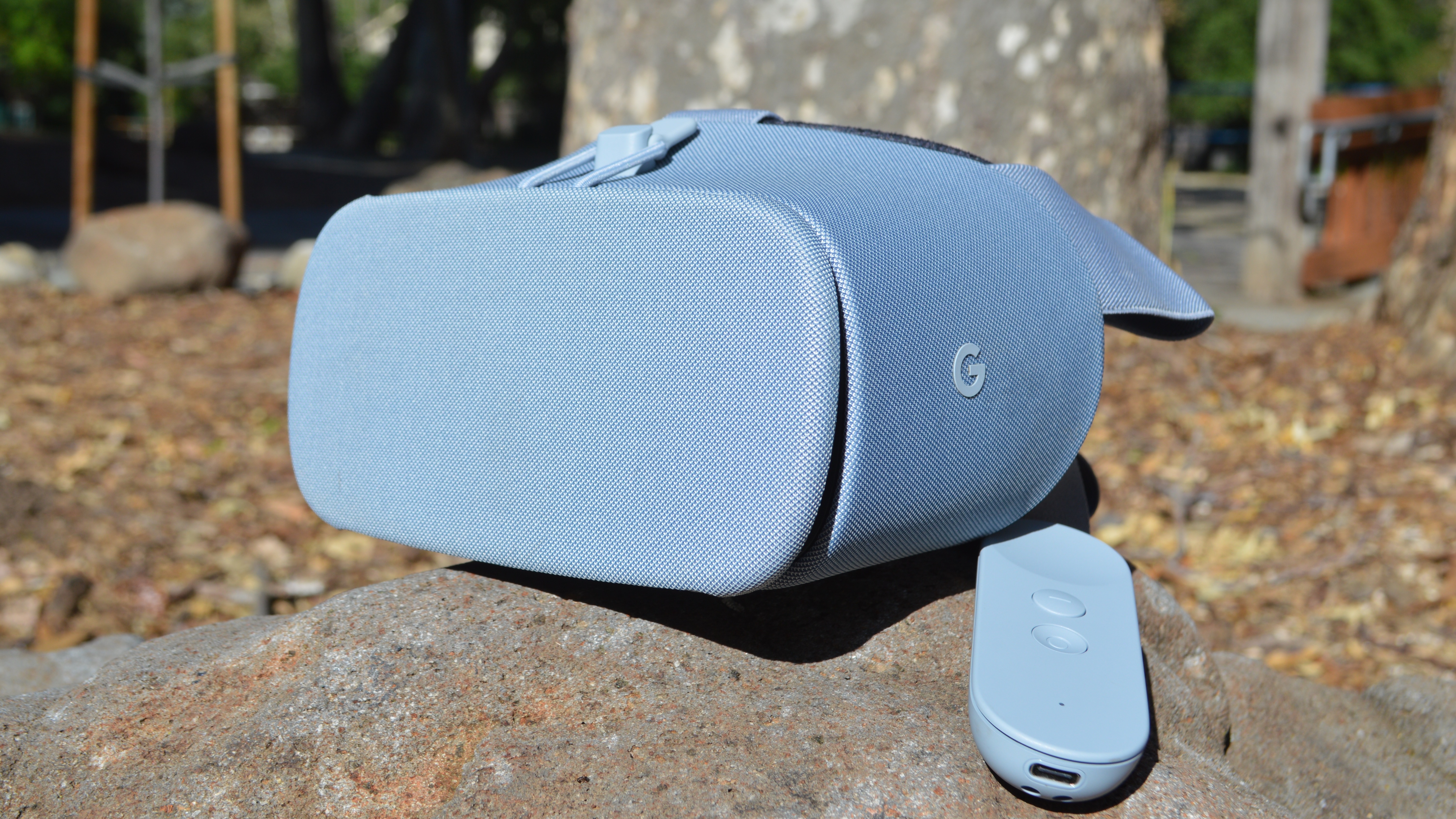Why you can trust TechRadar
Google Daydream View (2017) phone compatibility list
One critique we levied against the original Daydream View was that it lacked adequate phone support.
Daydream View (2017) has learned from the mistakes of its predecessor and now boasts a robust lineup of compatible smartphones.
The following smartphones are compatible with Google Daydream View (2017):
- Google Pixel 2 / Google Pixel 2 XL
- Google Pixel / Google Pixel XL
- Samsung Galaxy S8
- Samsung Galaxy S8 Plus
- Samsung Galaxy Note 8
- Asus ZenFone AR
- ZTE Axon 7
- Motorola Moto Z
- Motorola Moto Z 2 Force
- Motorola Moto Z
- Huawei Mate 9 Pro
- Huawei Porsche Design Mate 9
According to Google’s Daydream-ready Phones page, the Samsung Galaxy S9 and Galaxy S9 Plus will be Daydream-compatible soon.
Verdict
One anecdote from our time testing the Google Daydream View (2017) is that we considered bringing it to a local coffee shop for a change of scenery at one point.
We quickly nixed this idea. The thought of sitting in a public place wearing a VR headset that would undoubtedly draw eyes was too much. Plus, we wouldn’t be able to see what was going on around us, such as if someone tried to swipe our laptop while we were immersed in a VR world.
This signaled to us that even when it comes to VR headsets you can literally take anywhere, there’s still a long way to go before people actually start venturing outside their homes with headset in hand.
Even when we were at a park taking photos of the Daydream View (2017) for this review, we felt the cast of quizzical eyes wondering what the grey boxy thing with straps we were carrying around could be.

All this is to say that, like all VR devices, the Daydream View (2017) is likely going to stay inside your or a friend’s home, even though you can technically use it anywhere you bring your smartphone. In that way, the headset can be looked at from an in-home entertainment experience.
There’s a decent library of apps and games to choose from for Daydream View, with a little something for everyone, it seems. But none of the experiences we tried were particularly compelling, or at least enough that we were itching to play or watch them again.
Netflix VR, for example, consists of “sitting” in a virtual living room while a 2D screen in front of you plays whatever it is you’re watching on Netflix. With the screen door effect in full effect on the small screen, we exited the app after only a few minutes.

The technical limitations of experiencing VR on your phone are hard to ignore: the screen door effect, lag in visual rendering, limited battery life.
Because of these and the general feeling of discomfort that sets in after using Daydream View (2017) for very long, we can’t see ourselves jumping at the chance to don the Daydream View again any time soon.
All that being said, the headset remains one of the least expensive ways to get into VR, and it’s backed by Google, meaning support for the ecosystem isn’t going away anytime soon.
For these reasons, those who own an Android phone and want to experience VR without spending more than $100 / £100 could consider Google Daydream View a viable option with minimal upfront financial commitment.
Michelle was previously a news editor at TechRadar, leading consumer tech news and reviews. Michelle is now a Content Strategist at Facebook. A versatile, highly effective content writer and skilled editor with a keen eye for detail, Michelle is a collaborative problem solver and covered everything from smartwatches and microprocessors to VR and self-driving cars.

